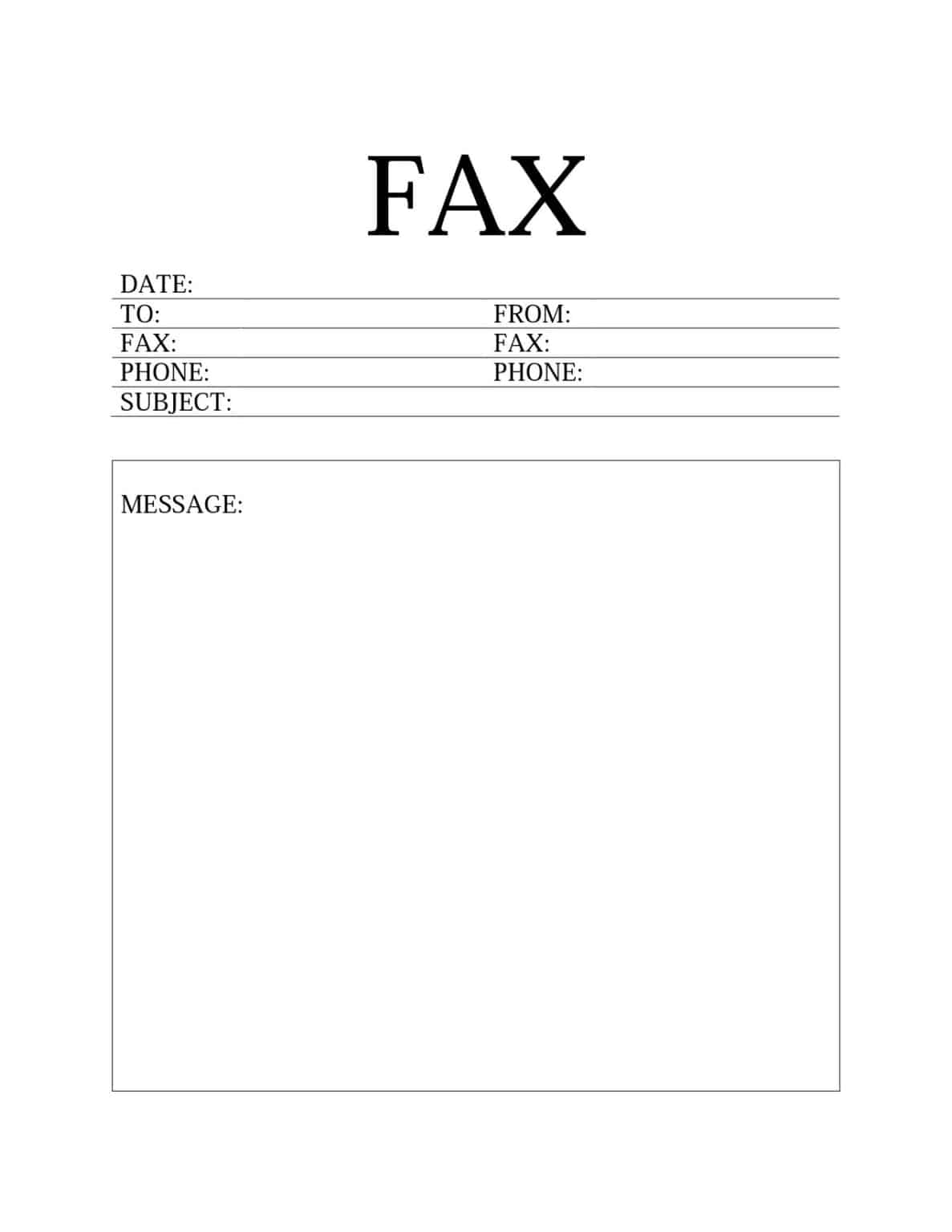Cobra Paperwork: Your Guide to Quick Access

Welcome to your comprehensive guide on understanding and mastering Cobra paperwork. Whether you are an employee transitioning between jobs, or an HR manager tasked with guiding your team through the intricacies of health coverage, Cobra can seem daunting at first glance. This guide aims to demystify the process, ensuring you can navigate it with confidence.
What is COBRA?

COBRA stands for the Consolidated Omnibus Budget Reconciliation Act of 1985. This federal law allows workers who lose their health benefits due to termination of employment or other qualifying events to continue group health insurance for a limited period. Here's what you need to know:
- Eligibility: Employees, retirees, spouses, former spouses, and dependent children can qualify for COBRA if they were covered by the employer's health plan.
- Qualifying Events: Events such as voluntary or involuntary termination (except for gross misconduct), reduction in work hours, divorce or legal separation, death of the employee, or reaching the age where they are no longer considered a dependent.
- Duration: Coverage can last up to 18 months, with possible extensions up to 36 months under certain circumstances.
The Process of Electing COBRA Coverage

Here are the steps involved in electing COBRA:
- Notification: Employers must inform their health plan administrator within 30 days of a qualifying event.
- Election Notice: The health plan administrator sends out an election notice to qualified beneficiaries within 14 days of receiving the notification. This notice includes the premium amount and instructions for electing coverage.
- Election Period: You have 60 days from the later of the date the coverage would have been lost or the date the notice was provided to elect COBRA continuation.
- Premium Payment: Once elected, premiums must be paid directly by the beneficiaries. The first payment covers the period from the date of the qualifying event, and subsequent payments must be made on time.
🏠 Note: It is crucial to keep track of deadlines; missing them can lead to loss of coverage.
Cost of COBRA

The cost of COBRA coverage can be significantly higher than the premium rates paid by employees during employment, as the employer no longer subsidizes the employee's share. Here are key points:
- Full Premium Cost: You’ll generally pay 102% of the total cost of the group health plan. This extra 2% covers administrative costs.
- Payment Flexibility: Some employers allow for a monthly payment, others might require pre-payment for a period like a quarter.
Benefits of COBRA Coverage

Why choose COBRA?
- Continuity: COBRA ensures you have uninterrupted health coverage.
- Time to Adjust: It provides time to find new health insurance or transition to a new employer's plan.
- Preexisting Condition Protection: COBRA coverage prevents insurers from denying you coverage due to pre-existing conditions, which might be a concern if you’re immediately seeking new insurance.
Disadvantages and Considerations

Here are some challenges associated with COBRA:
- Cost: It's often expensive since you're now paying the full premium.
- Short-term Solution: It's not a long-term solution but rather a bridge to secure other insurance options.
- Not Portable: Coverage ends if you move out of the plan's service area or if the employer’s plan terminates.
🗣️ Note: Always review the specifics of your employer's health plan before opting for COBRA, as some plans might offer better options or extensions.
In wrapping up, the journey through COBRA paperwork is pivotal for those experiencing significant life changes. By understanding the steps, costs, and implications, you can make an informed decision on whether to elect COBRA continuation or explore other health insurance options. It’s about securing your health coverage, ensuring that you and your family have the support you need during transitions. Remember, the key to navigating COBRA successfully lies in timely action, clear understanding, and strategic planning for your health insurance future.
How long does COBRA coverage last?

+
COBRA coverage typically lasts for up to 18 months, though this can be extended to 36 months under certain circumstances like the addition of a disability.
Can I choose which benefits to continue under COBRA?

+
No, when you elect COBRA coverage, you must continue all the benefits you had under your previous health plan.
What happens if I miss a COBRA payment?

+
If you miss a payment, your coverage can be terminated. Plans generally have a grace period, often 30 days, during which you can pay the missed premium.



